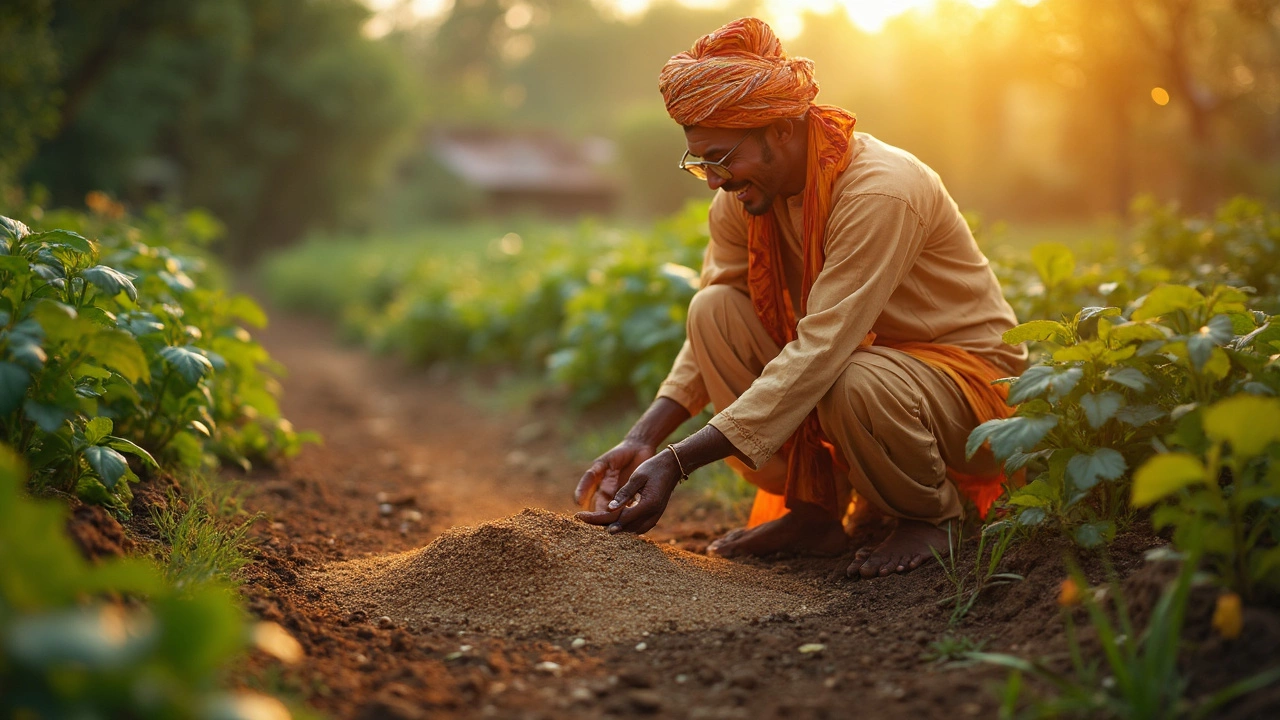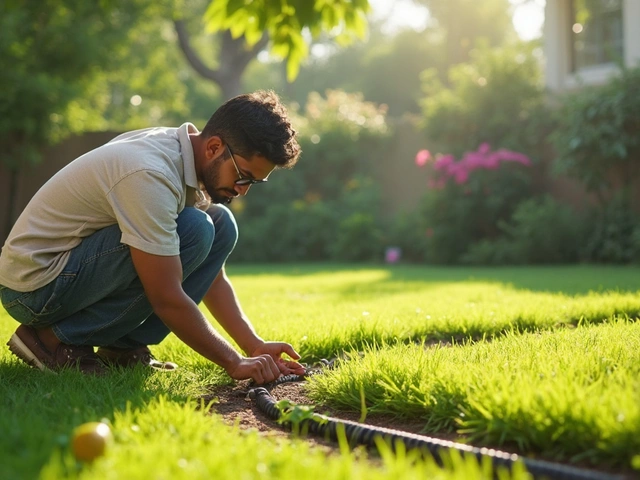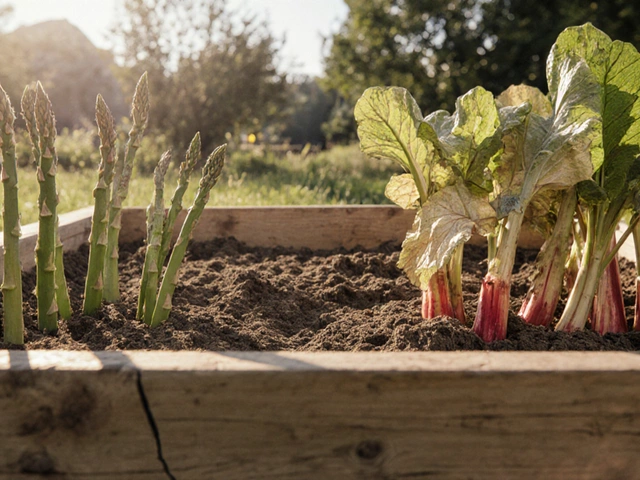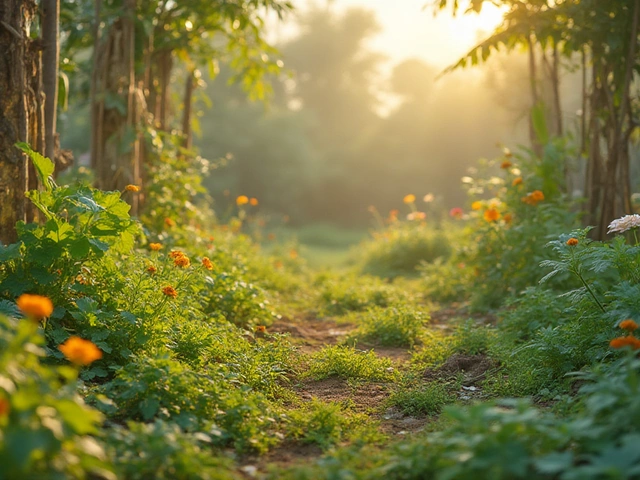Sand for Garden Soil: Simple Ways to Boost Drainage and Texture
Ever wonder why some gardeners swear by sand? It’s not just a filler – sand can fix heavy, compacted soil, improve drainage, and give roots room to breathe. If your garden feels soggy after monsoon rains or your plants look wilted despite regular watering, a sand amendment might be the quick fix you need.
First, check your soil type. Clay‑rich soils stay wet, trap air, and choke roots. Adding sand lightens the mix, creates air pockets, and helps water move through faster. In India’s varied climates, this trick works whether you’re growing tomatoes in Delhi or mangoes in Kerala.
When and How Much Sand to Add
Don’t dump a truckload of sand and expect miracles. A good rule of thumb is to blend 1 part sand with 2 parts existing soil for a garden bed. For raised beds or containers, aim for a 30% sand blend. Mix the sand thoroughly with a spade or a rototiller – the goal is an even, homogenous medium.
If you’re dealing with a specific area, like a footpath or a patio garden, you can lay a coarse sand layer (about 2‑3 cm) underneath the topsoil. This creates a drainage base that stops water from pooling on the surface. Just remember to compact the sand lightly before adding soil on top.
Choosing the Right Sand
Not all sand is equal. River sand and coarse builder’s sand are best for drainage because their particles are larger and don’t compact easily. Avoid fine beach sand – it can become dense when wet and actually worsen drainage. If you can, rinse the sand to remove excess salts, especially if you’re near the coast.
When you’re mixing sand with organic matter like compost, you get the best of both worlds: the sand clears water pathways, while compost holds nutrients and moisture. A 1 : 1 : 1 blend of sand, compost, and garden soil makes a versatile potting mix for vegetables, herbs, and even some indoor plants.
One practical tip from our “How to Loosen Heavy Garden Soil” guide: sprinkle a thin layer of sand over compacted beds, water lightly, then work the sand in with a garden fork. After a few weeks you’ll see roots spreading more easily and plants looking healthier.
Remember, sand is a tool, not a cure‑all. Over‑sandifying can make soil too fast‑draining, causing nutrients to wash away. Always test the mix by watering a small patch and checking how quickly water disappears. If it vanishes in seconds, add more organic matter.
In summary, sand can turn stubborn, water‑logged soil into a happy, aerated medium. Pick coarse, clean sand, blend it wisely, and pair it with compost for optimal results. Your garden will thank you with stronger growth, fewer root diseases, and better yields – all without spending a fortune.

Should You Add Sand to Garden Soil?
Adding sand to garden soil is a common gardening practice, but is it always beneficial? This article explores when and why you might want to mix sand with your soil, including its benefits and potential drawbacks. Learn about the different types of sand that can affect your plants differently and discover practical tips for achieving the best soil mix for your garden needs. Understand how to balance soil texture to improve drainage and root growth. Delve into the importance of knowing your soil type before making changes.
About
Soil Improvement
Latest Posts


Can You Mow Over Drip Irrigation? What You Need to Know
By Alden Thorne Jun 10, 2025

Plants That Struggle in Raised Beds - What to Avoid
By Alden Thorne Oct 8, 2025

Alternative Pest Control: Natural Solutions for Safe Gardening
By Alden Thorne Jul 15, 2025
